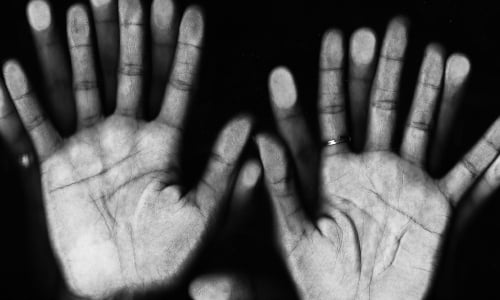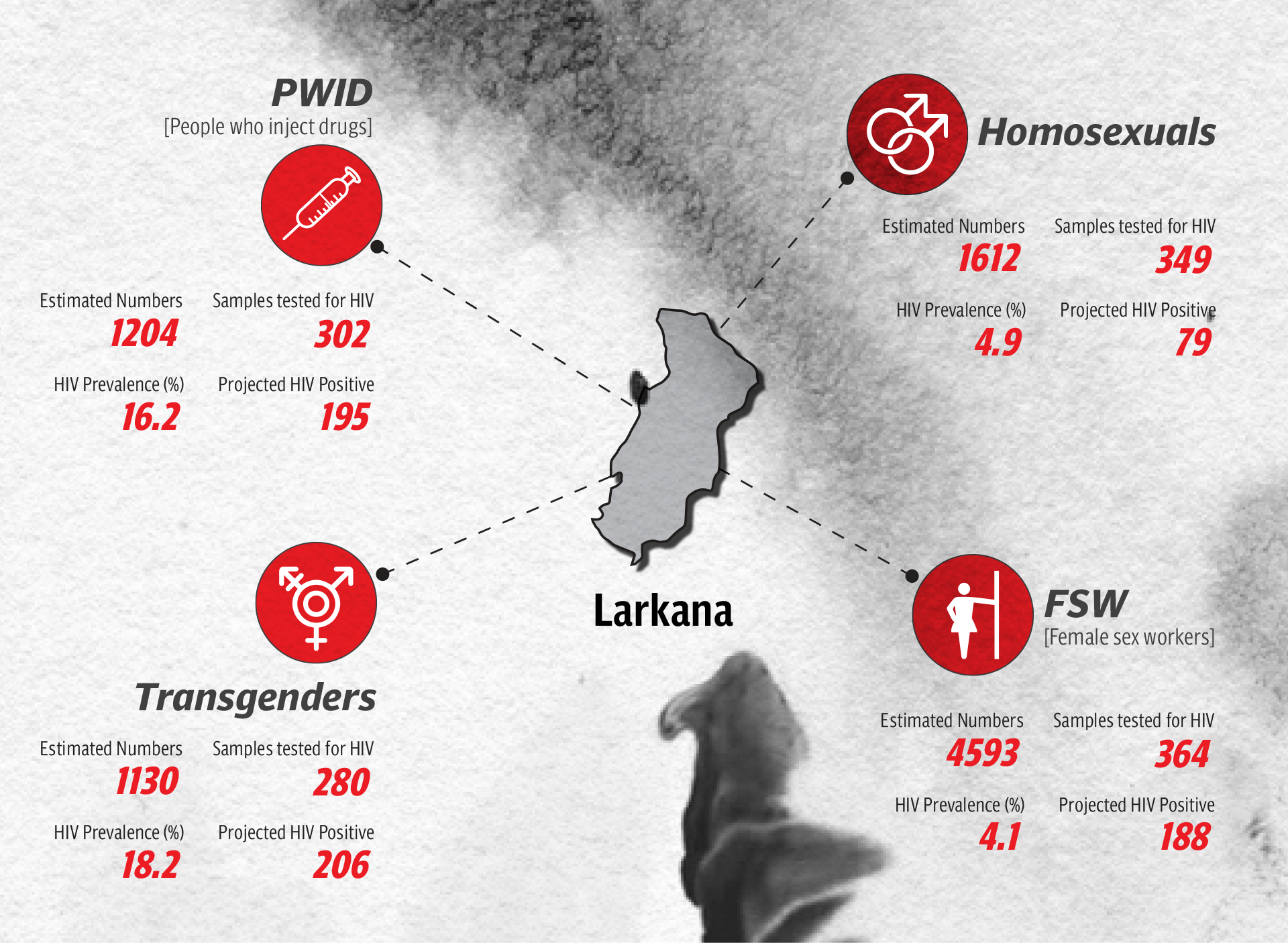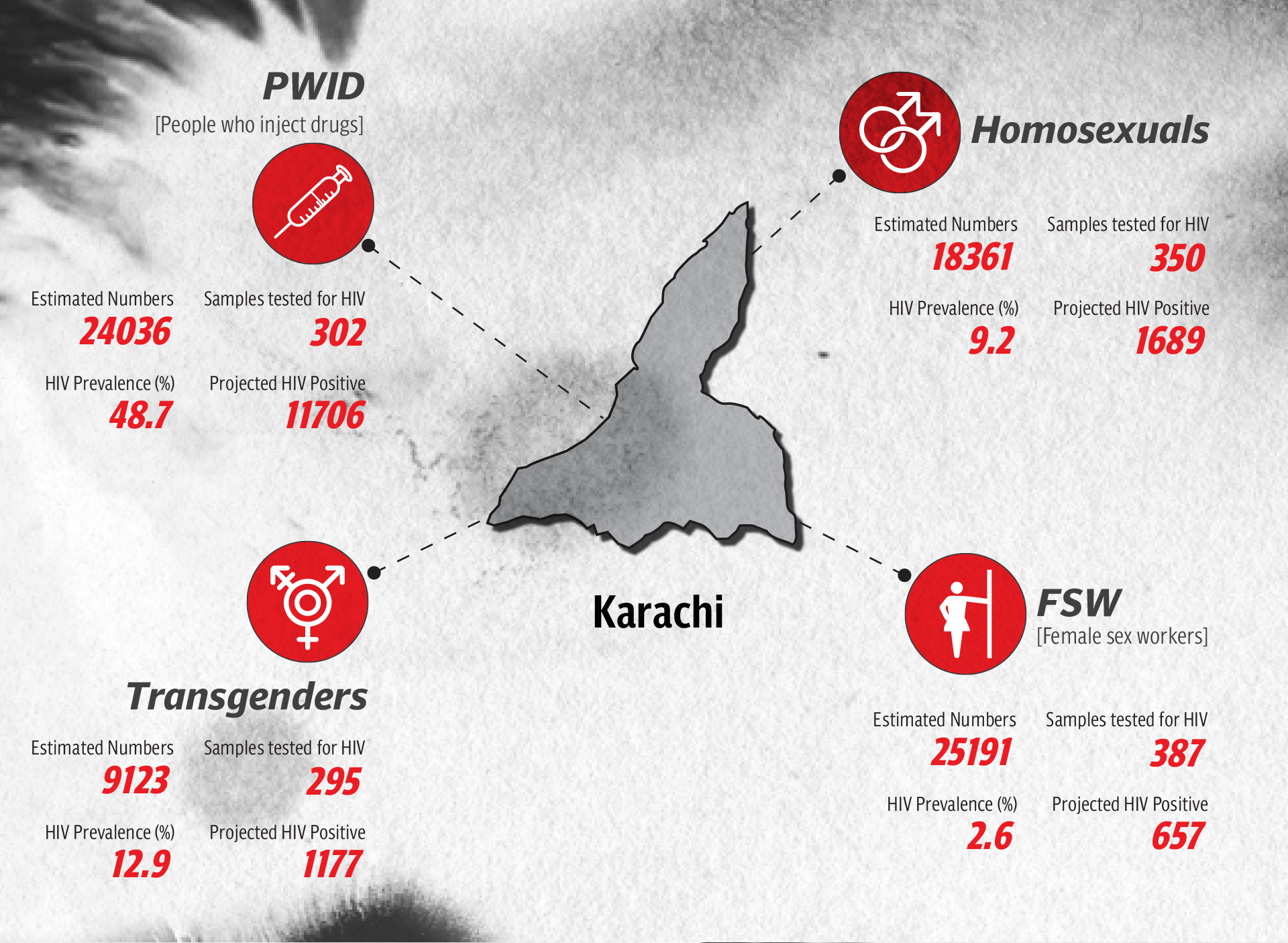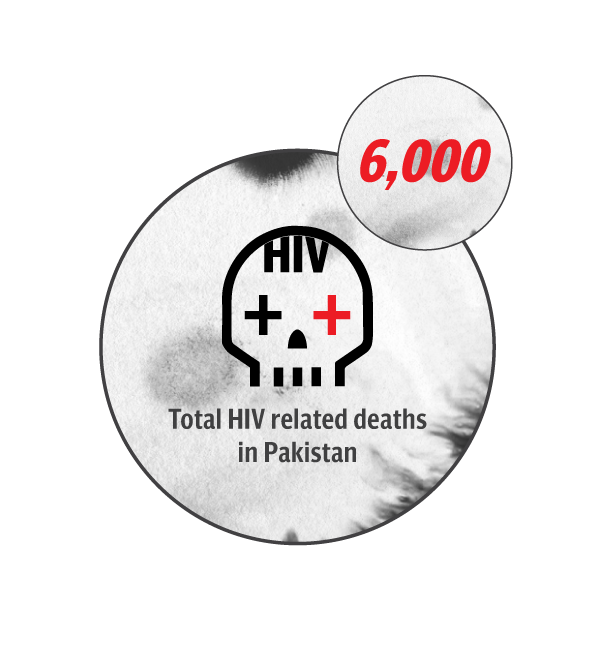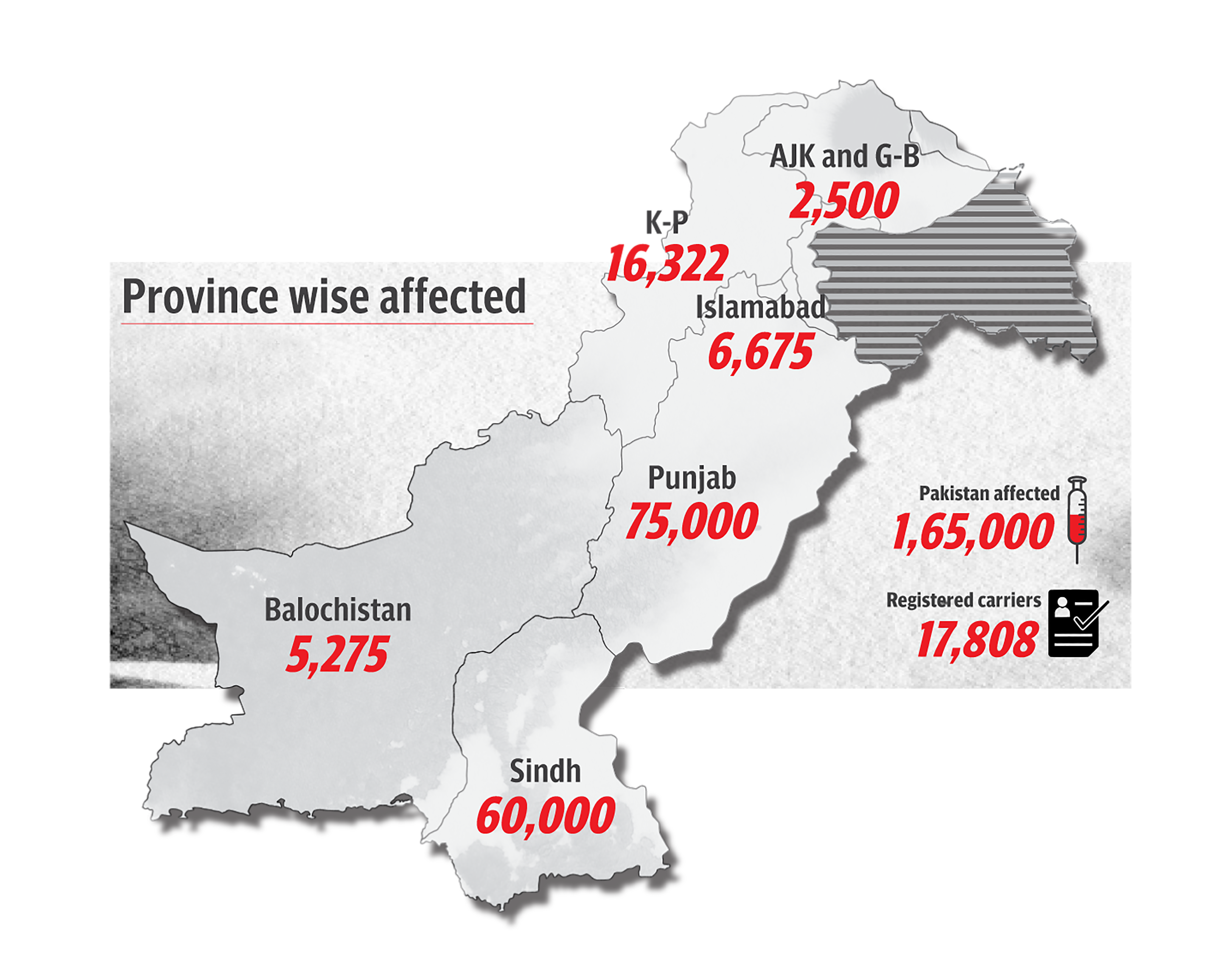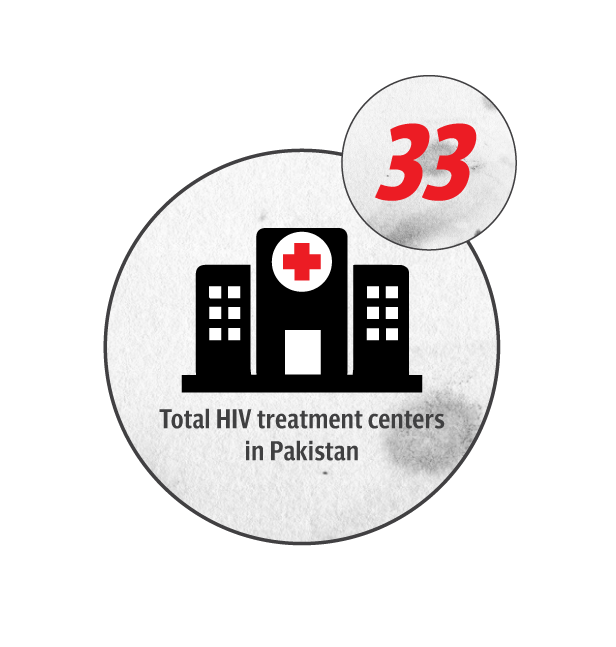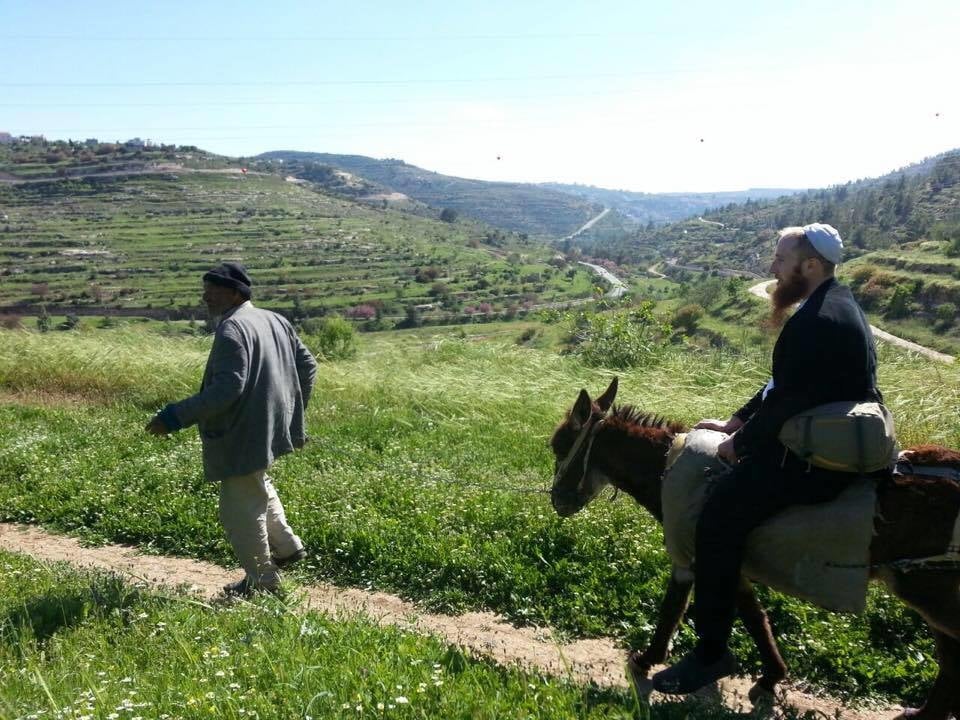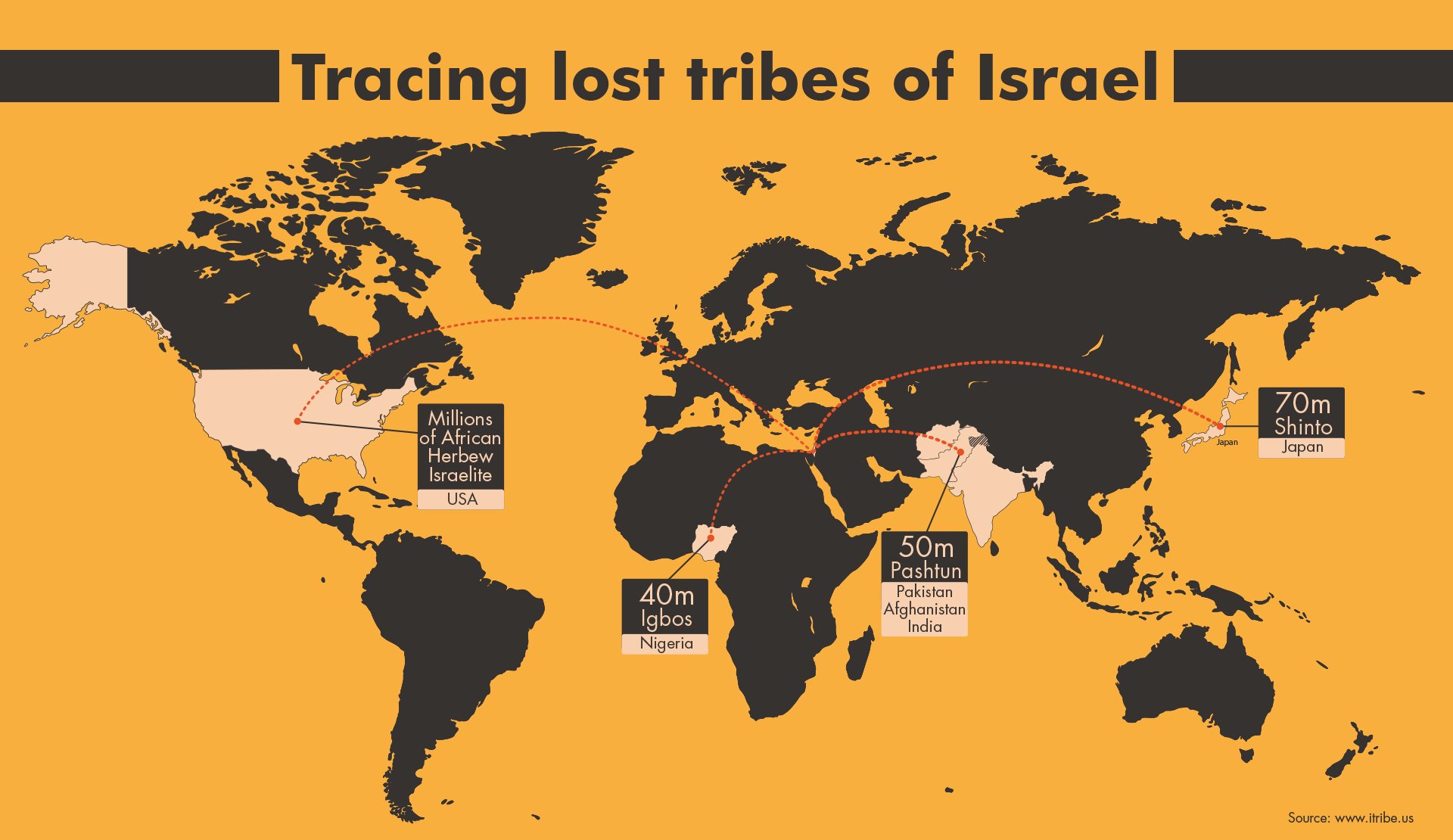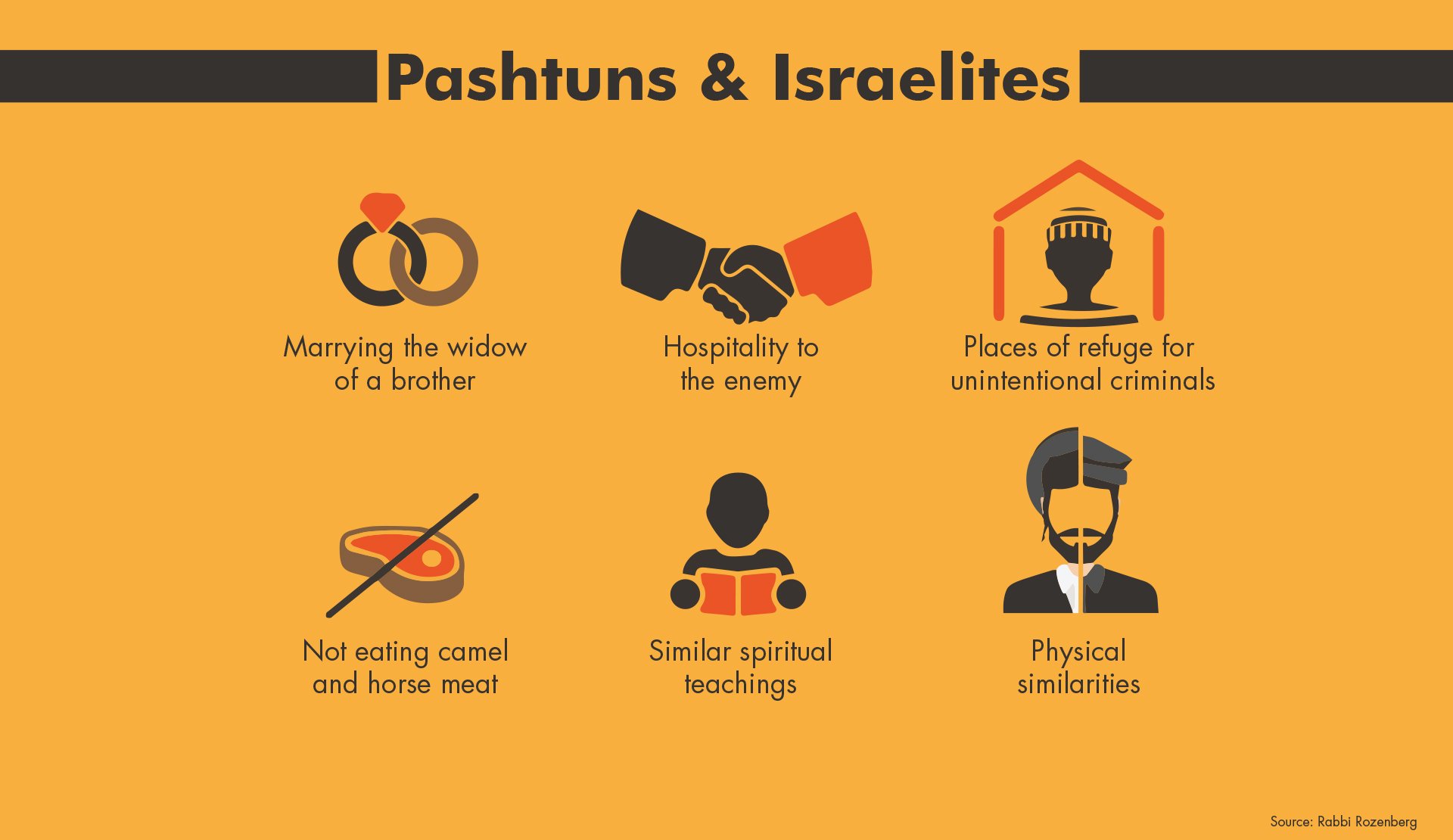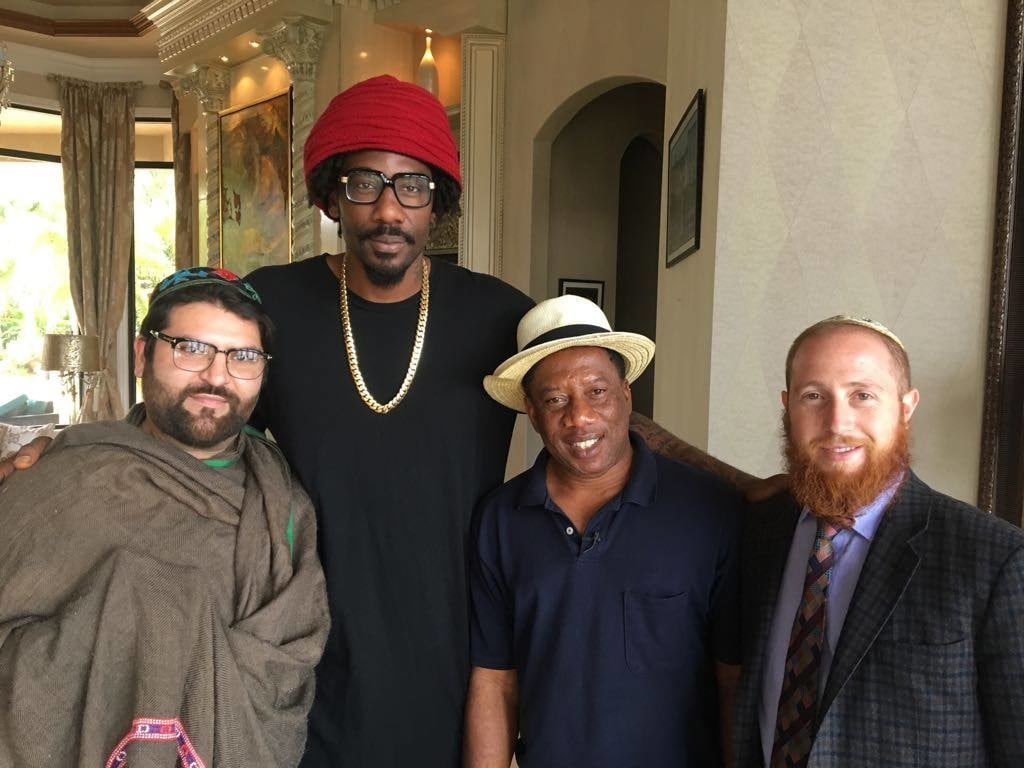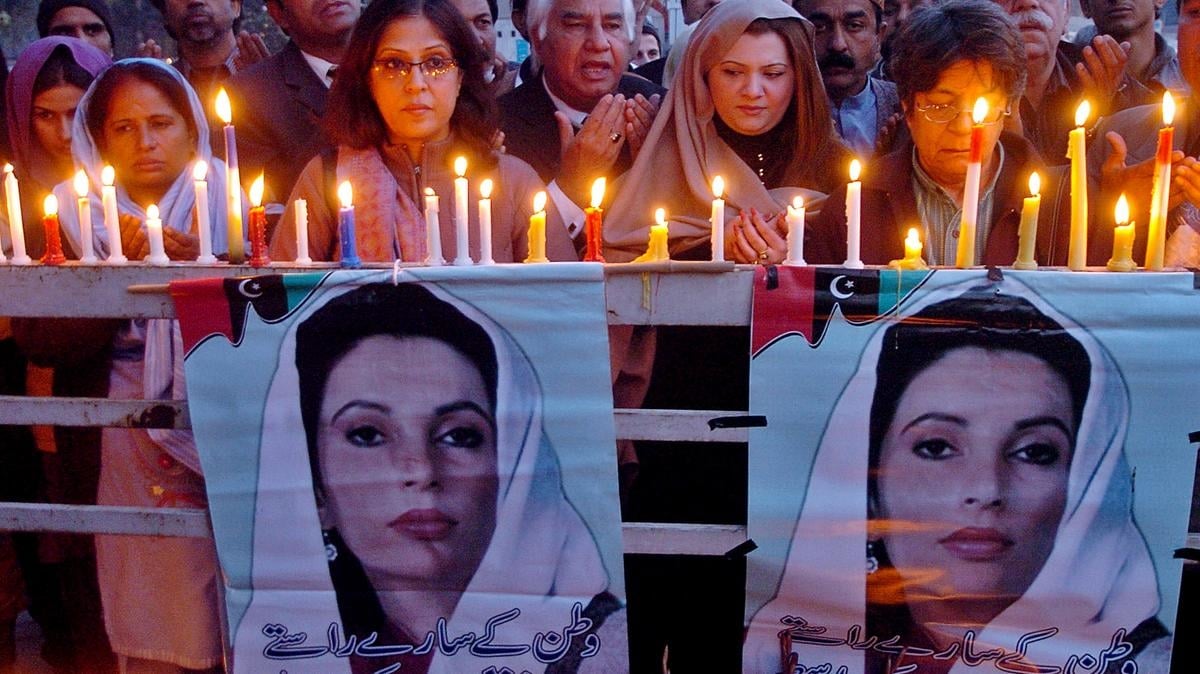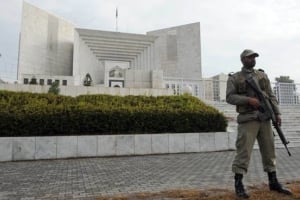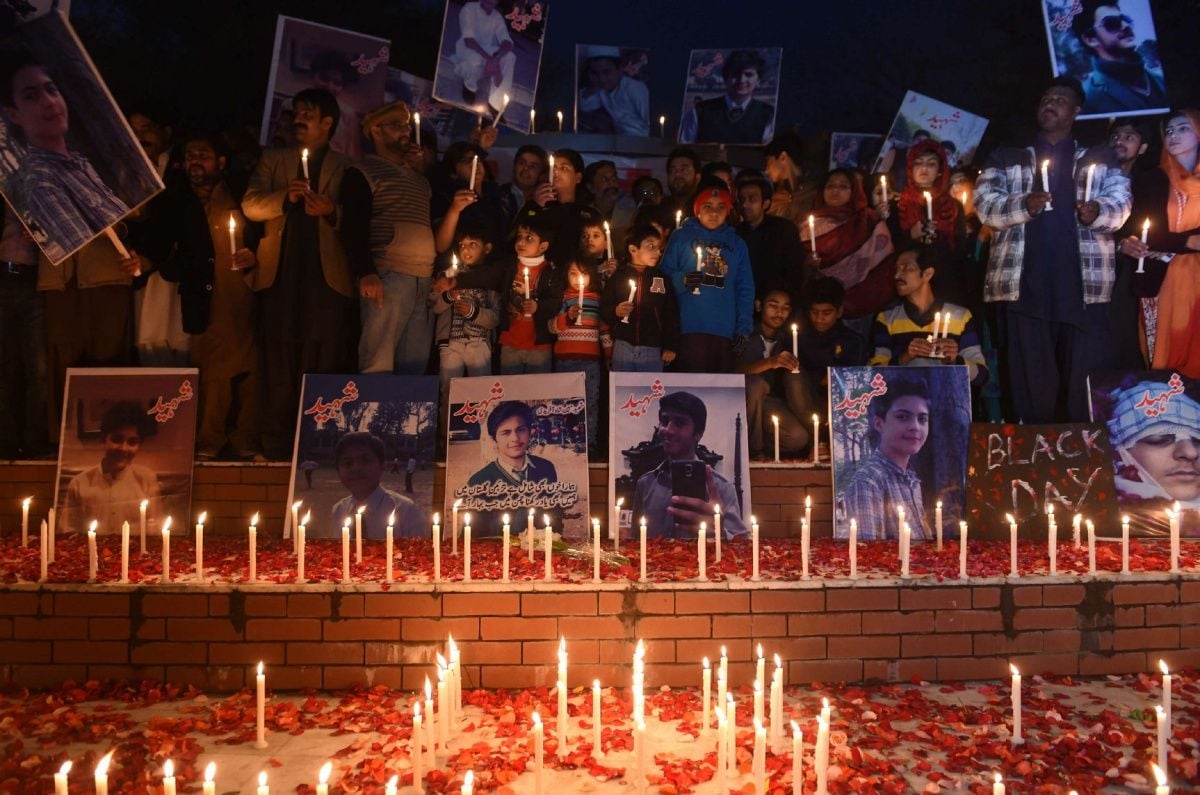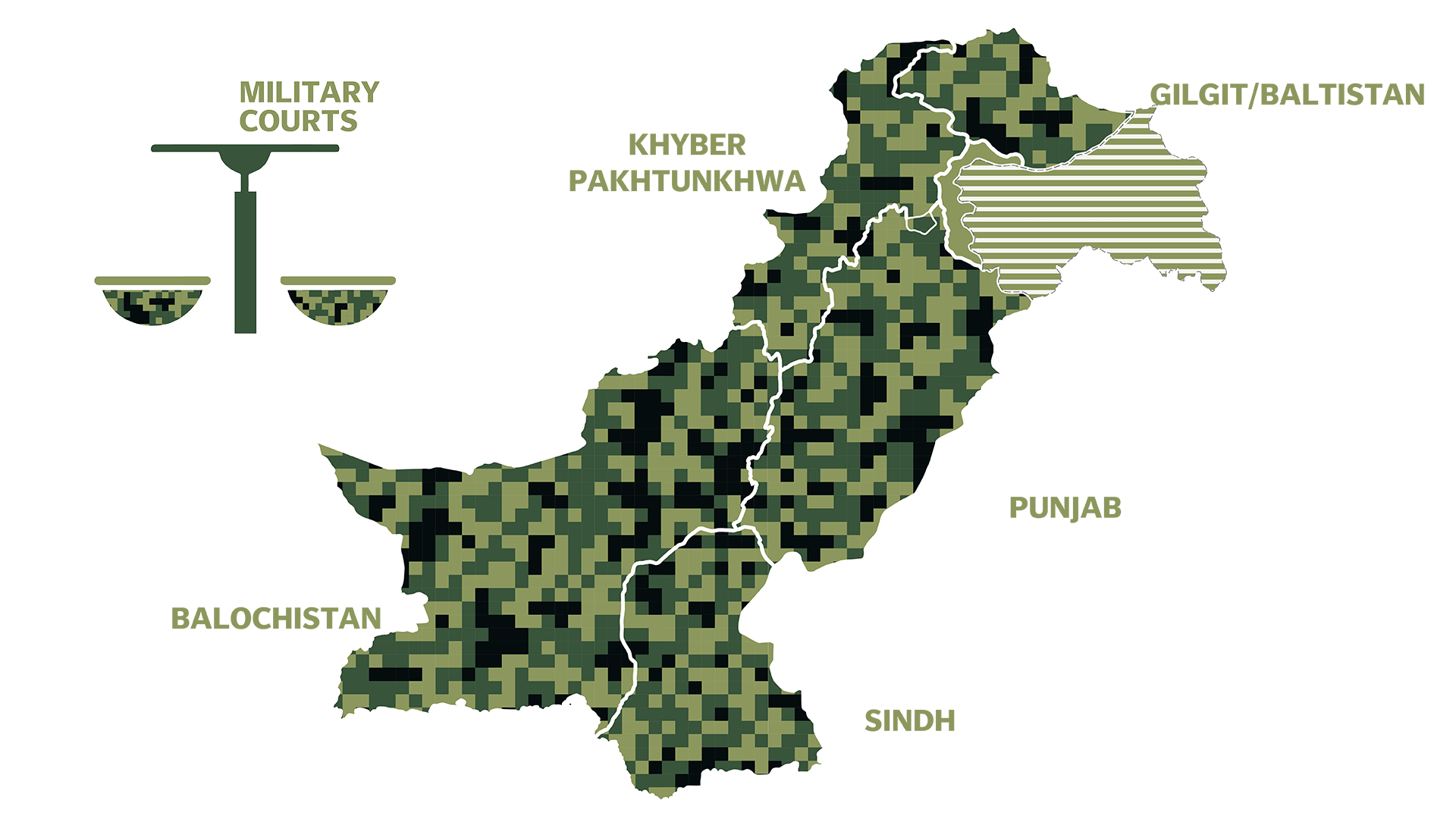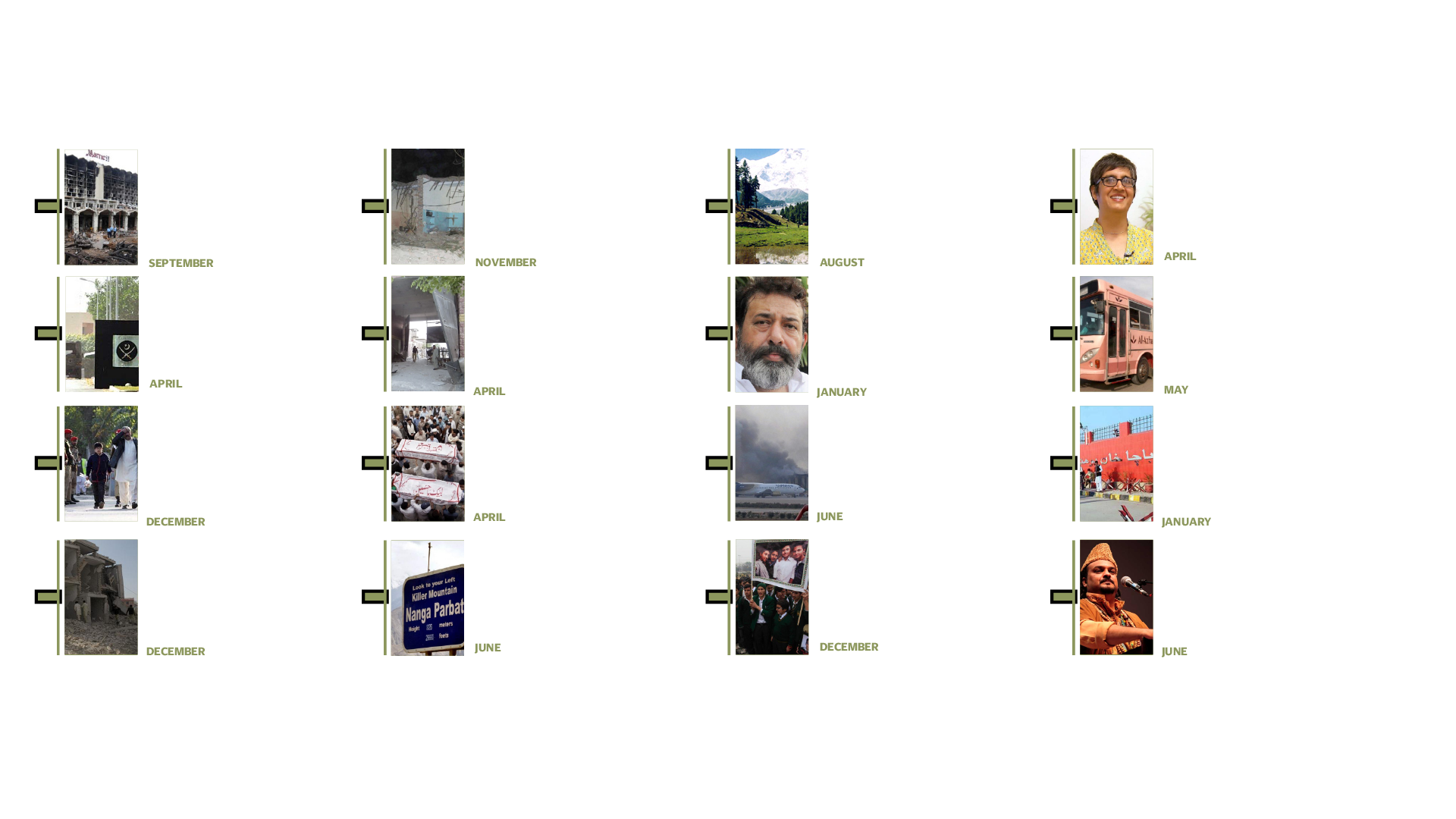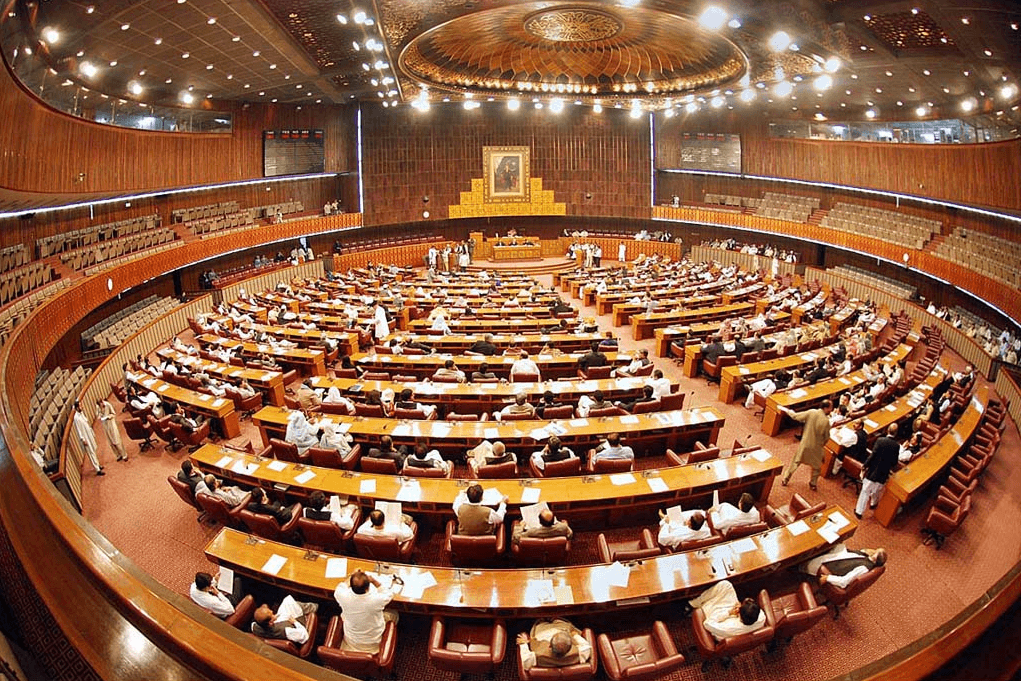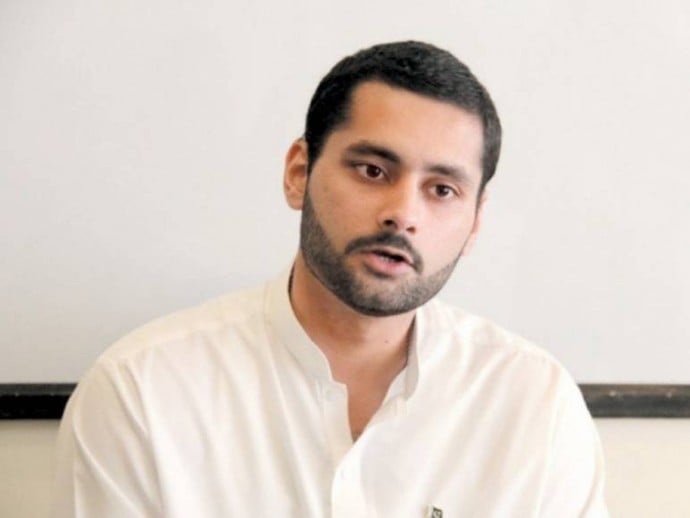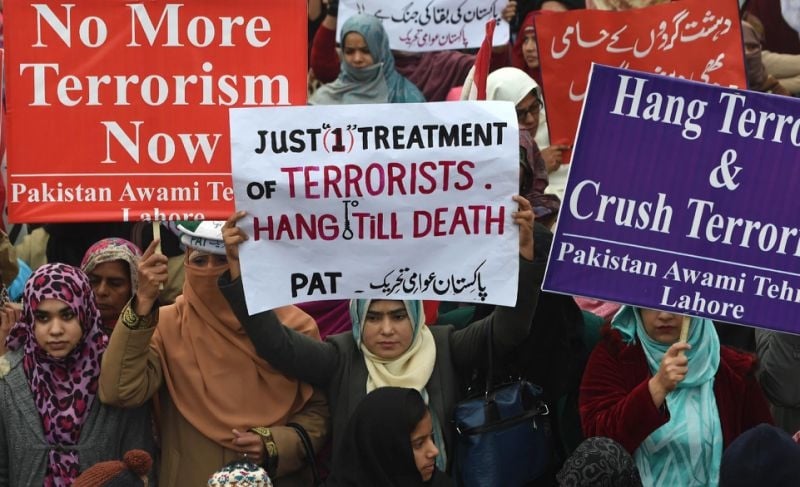When a city of 22 million has only 19 fire stations
I am glad you’ve come here,” Saddar fire station in-charge Wajahat Khan says as he welcomes me into his office in Karachi. “It’s not easy being accused of not doing our jobs properly.”
Whenever there is a fire incident in the city, which is quite often, the media, victims, eye witnesses and at times even officials are quick to point fingers at the fire department over negligence.
“There is no denying that the fire department has some very obvious limitations, but it’s never a one-sided issue,” Wajahat says.
With this feature, we aim to encapsulate a visual journey through the Karachi fire department – from several fire stations, to actual fire incidents – with the intent of investigating and documenting the other side of the story.
A framed portrait of fallen firefighter Naseer Ahmed hangs on the front wall of the Saddar fire station. He lost his life a decade ago when a roof collapsed on him as he was putting out a fire in Karachi’s SITE area.
Karachi has 22 fire stations of which only 19 are functional. The Saddar fire station is one of the two stations established before Partition. The newest station was built in Gulshan-e-Maymar five years ago.
According to Wajahat, there should ideally be one fire station for every 100,000 people. However, Karachi has only 19 functional fire stations for its more than 22 million residents, 11 times the workload.
The Saddar fire station control room in-charge recalls how people would often call the fire brigade helpline as a prank. “To counter that, we had to call back the number to confirm the emergency. This added to the response time, but we didn’t have a choice.”
Lead firefighter Mohammad Shareef says there was a time when people would call ‘16’ and their call was routed to their local fire station. This changed about 10 years ago and now ‘16’ connects the caller to the main call-centre located in Civic Centre, which then forwards the call to the local fire station. This process naturally takes longer and is not as efficient as calling the local landline number of the nearest fire station.
Even ‘16’ is the target of prank calls, the Saddar control room in-charge tells us, especially late at night.
“We drop everything when we hear the fire alarm. Often, we have to break our namaz to respond to an emergency. Nothing is more important when human lives are at stake,” says a firefighter who chose to remain anonymous.
Left: Firefighters during a conversation in their residential colony in Central fire station, Saddar. Right: Firefighters’ residential area and attached mosque in the Saddar fire station.
Khan points out that building control authorities and local fire stations abroad are always on the same page; one cannot start construction without a No Objection Certificate (NOC) by the local fire department. In Pakistan, however, such a concept does not exist because getting an approval from the fire station means increasing the cost of the project by 20%, he says.
“Not once in my lifetime has a plan been forwarded to me for approval by Karachi Building Control Authority (KBCA). They okay plans without our approval. Nothing is ever approved by us. God knows what they do.”
Earlier this year, Karachi Metropolitan Corporation (KMC) chief fire officer Tehseen Siddiqui told The Express Tribune that in his two-decade-long career, not once has he seen a building plan being approved by his department.
Firefighter Mohammad Shareef says Sindh provincial laws state that every industrial site should have a plan of their building on their entrance, which specifies where all the emergency exits, fire extinguishers, hydrants, and first aid kits are located. However, there is hardly any building following this law, he adds.
“When we reach fire sites we don’t know where to go, we have to rely on our instincts, and ask the people around.”
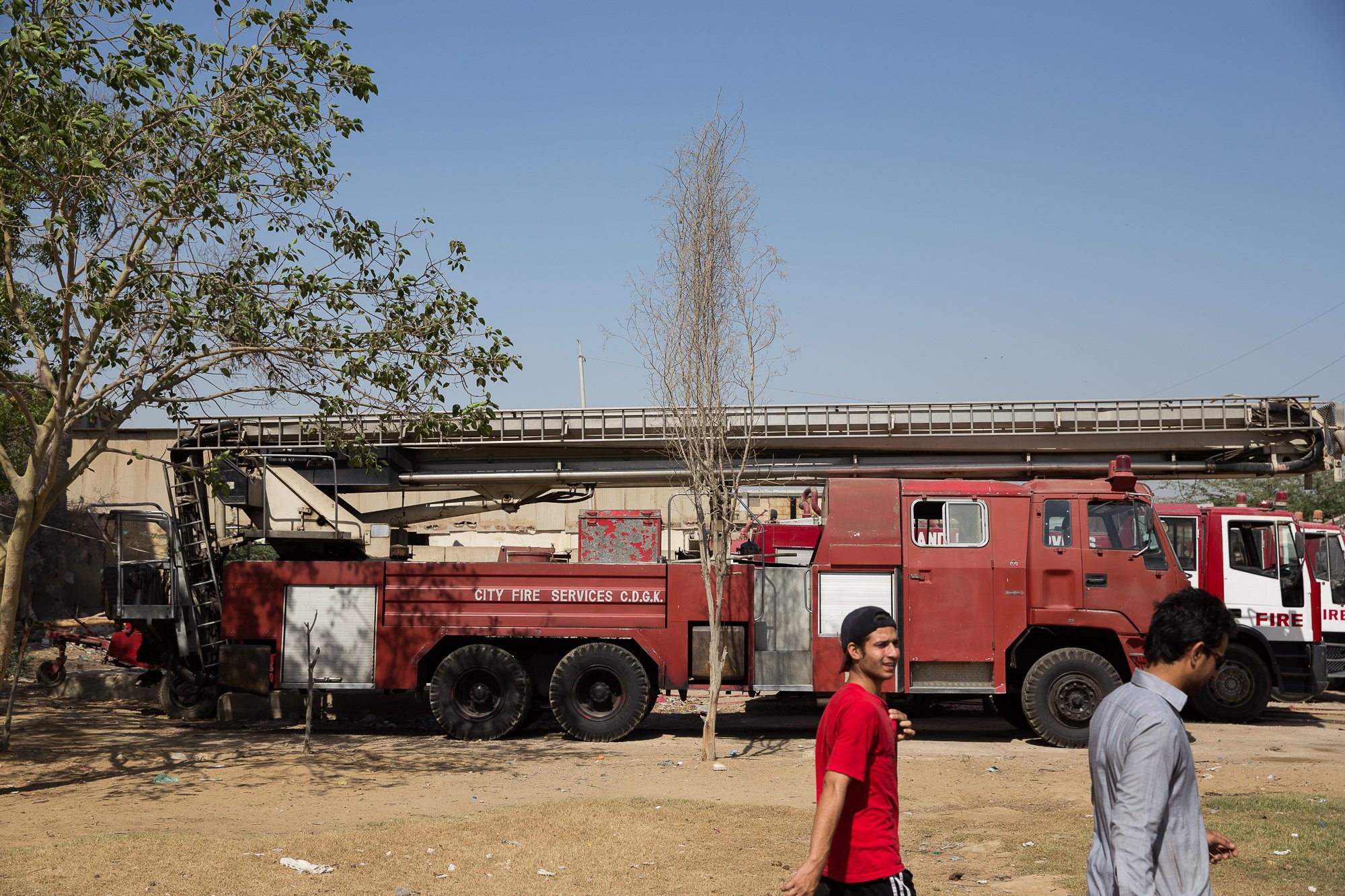
Further, aspirant firefighters have to complete a five-week course from the Civil Defense Academy but those in charge of training recruits have little or no practical knowledge of fire safety, and their theories are outdated as they aren’t working in the field, claims Shareef. In fact, some people pay bribes to acquire a certificate without undergoing training.
Karachi’s fire department currently owns four snorkels – fire trucks that have ladders and hydraulic platforms that can be used to reach the fire or victims trapped inside high-rise buildings. Only one of the snorkels is in full working condition and is situated at the Central fire station. One working snorkel while the number of high-rise building continues to increase in Karachi. The SITE fire station specially needs more snorkels as it caters to an industrial area.
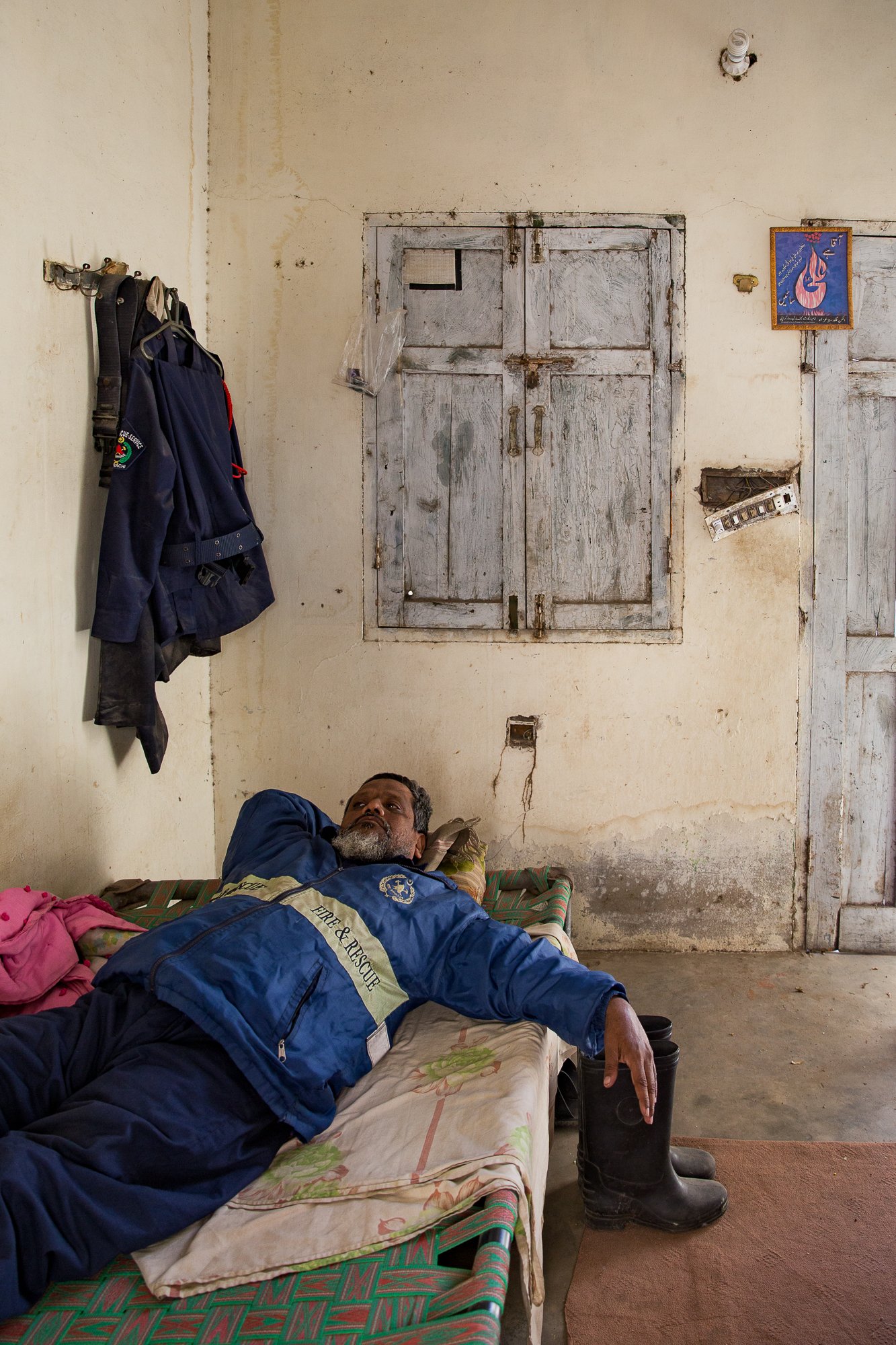
“I know you are going to think I am sleeping and lazing around, which causes us to be late to fire incidents but that is not the case,” firefighter Arshad Kabeer explains. “I am completely prepared for a fire emergency. From the moment the fire alarm rings, it takes less than three minutes to get the truck out of the station. We are advised to rest and conserve energy, because we don’t know how long or how physically demanding the next rescue mission will be.”
Firefighter Ahmad Ali goes as far as saying that firefighters are “victims of mistreatment and disrespect”. He adds that often people abuse and even physically assault firefighters when they reach fire sites. “Since victims are in panic, they expect us to reach just minutes after their call. It does not work that way; there are various factors involved.”
“I am no different than a soldier guarding his country’s border at night”
“I am no different than a soldier guarding his country’s border at night,” another firefighter, who chose to stay anonymous, says. “We too prepare ourselves for every possible situation, even if that means sacrificing our lives to save a citizen. But it’s sad how we are not seen that way.”
“Our equipment has not been updated in more than four years,” station officer Wahajat Ahmed says. “Everything is outdated here. And whatever equipment we have is in poor condition.” He goes on to say that expecting the latest, automated equipment is unrealistic. But adds that if they only replace the damaged equipment and provide basic gear, such as hose pipes, it could make a big difference.
“The supplies we receive are limited in number and have to be shared among firefighters,” Ahmed says. “Some men are not comfortable sharing safety gear with others due to hygiene concerns.” He adds that firemen would be more responsible with their gear if each had his own items, instead of having to share. “A fireman with a complete set of tools is a must. Often firemen have to purchase their gear such as helmets and torches with their own money.”
Station officer Mazhar of the Central fire station tell The Express Tribunethat according to the rules established during the British era, the time between receiving a call and the team leaving the fire station should be 30 seconds during the day and one minute during the night.
“We try our best to maintain the time-frame, but it’s very difficult, especially because our vehicles are way past their lifespan and in poor condition,” he says.
“Every time there is a minister or a VIP moving around the city, the roads are blocked for us to make way for them. Often, we get stuck in traffic, and then we have to deal with abuse and blame for being late to the fire incident,” a fire department driver, who also chose to remain anonymous, said.
Khan explains that it’s very easy to blame the firefighter for arriving late at the scene. “The most we can do is leave our premises as soon as possible; we cannot do anything about the traffic, especially when this department is treated like any other civilian by both the traffic police and the public.”
Station officer Mazhar of the Central fire station says that is a basic traffic rule that whenever a traffic police officer sees an emergency vehicle approaching, he should regulate traffic towards the left and clear the way on the right lane. Unfortunately, this never happens.
“Due to the general lack of awareness, whenever we have the emergency siren on, many people think that we are just misusing the siren. Many jam their vehicles next to ours and try to get ahead of us.”
“We were only given two month’s overtime after the protests, just as someone would give a lollipop to a child so that he stops crying for the time being.”
“The fire and rescue department of a city should be given the top priority,” a firefighter says. “We are, after all, risking our lives to save others, but sadly ours is the worst treated department. Being stress-free is the most important requirement of this job. I shouldn’t have to think about how I’m going to pay my children’s school fees when I’m at a fire scene.”
“I shouldn’t have to think about how I’m going to pay my children’s school fees when I’m at a fire scene”
“In spite of all the limitations we have, bureaucratic or logistical, I can say one thing for sure: when we hear the fire alarm, we put everything aside. On an interpersonal level, we are fully committed and prepared to sacrifice our lives to save others,” says another firefighter, choosing to remain anonymous. “It’s a lie if someone else tells you otherwise.”
Zoral Naik is a Pakistan based photojournalist and documentary photographer. You can find more of his work here.


